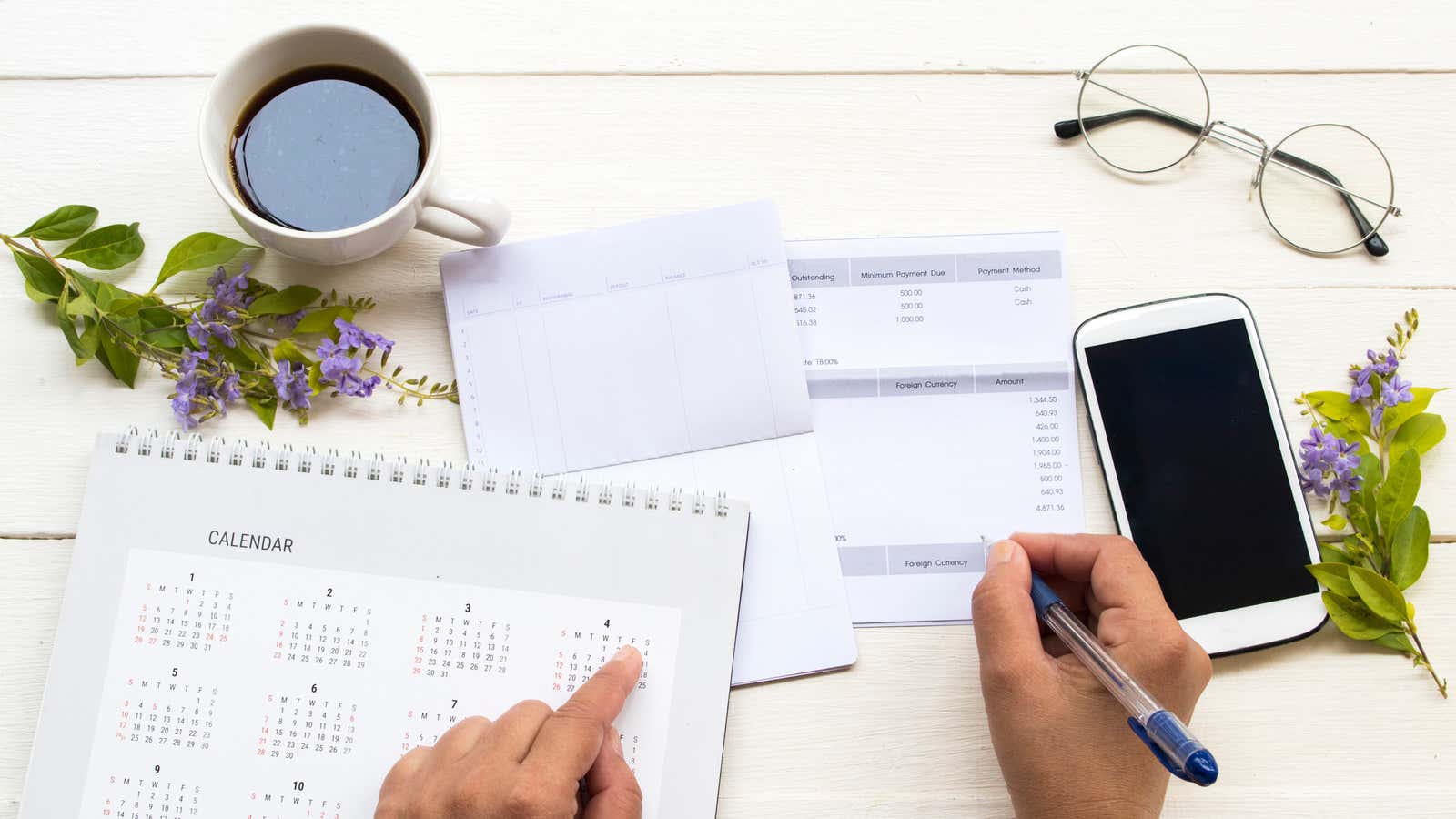Save Money by Knowing the “closing Date” of Your Credit Card

Even if you dutifully pay off your credit card balances every month, there is an often overlooked way to optimize your credit score – by paying off your debts before your balance is reported to the credit bureaus. Many people assume that this is the due date, but it is actually the closing date, and not knowing the difference between the two can hurt your credit rating. This is why the closing date is so important.
Due date versus closing date
As a credit card user, you are most familiar with a due date when you are expected to pay off at least a portion of your credit card debt ( usually 1-3% of the total balance of your statement , including interest and fees.) For a 29-31 day billing cycle the expiration of the 21-25 day grace period . This due date will always fall on the same day of every month, and this is the most important date to remember because late payment or higher interest rates will be charged if the payment is not paid.
However, the due date, while important, is not related to the date your current financial position is actually reported to the credit bureau (the big three are Equifax, Experian, and TransUnion). Instead, it is known as the close date and marks the last day of the current billing cycle. This is the day that your debt balance is actually reported to the credit bureau.
For example, suppose the due date is the 10th of the month and the close date is the 14th. Knowing that your due date is on the 10th, you might decide to pay off my full card balance with a credit limit of $ 1,500 because you have the funds to do so. However, suppose you decide to take out a $ 500 loan the next day. If you do not pay it off by the 14th, the total debt reported by the credit bureau will be $ 500, not $ 0, since you are still in the current billing cycle (due date applies to the previous billing cycle. plus grace period).
Why is it bad to keep debt on the last day? Well, thirty percent of your credit rating is determined based on how much debt you don’t use – this is also known as credit use . The less you use the available debt, the better for your credit rating, as this indicates that you are a responsible borrower. Conversely, using more than 30% of the available credit will negatively affect your credit rating. (In the scenario above, a $ 500 debt on a $ 1,500 credit limit on the closing date would increase your use of your credit by more than 30%.)
In addition to using credit, you can save money by shopping around the closing date. For example, if you defer a large purchase until one day after the close date, it will move to the next billing cycle, giving you more time to pay the balance before interest begins .
How to determine the closing date
You probably won’t see the upcoming closing date on your credit card statement, and the overall billing cycle can vary from card to card, making it difficult to determine the closing date.
Your best bet is to simply call your lender and ask them for previous closing dates, which should give you an idea of when you should normally make a payment in order to receive a negative balance. In my case, my lender’s last monthly closing dates are almost always on the 14th, except for one month, which was on the 15th. For me, that’s all I need to know; I’ll just think twice before using the card for large purchases in the middle of the month.
However, if you want to be more precise, you can calculate the upcoming closing date by adding the number of days in your billing cycle to the previous closing date of the account statement included in your billing statement, according to the Balance Sheet .
Bottom line
Most borrowers make minimum payments on time to avoid late fees and interest. But if you want to be a little more strategic, knowing the closing date can help you improve your credit score or give you more time to pay for a large purchase without paying interest.